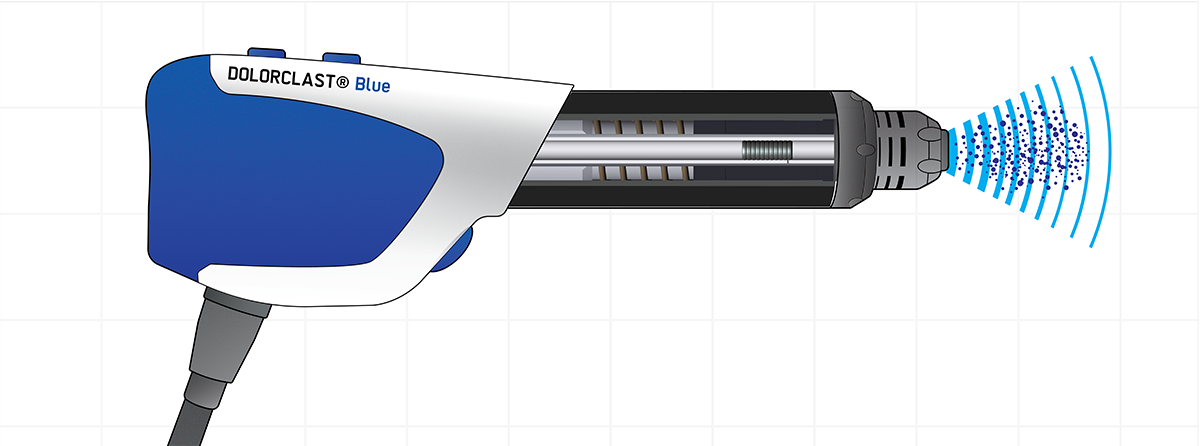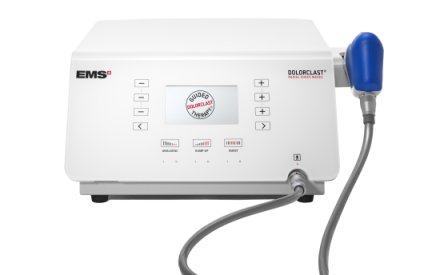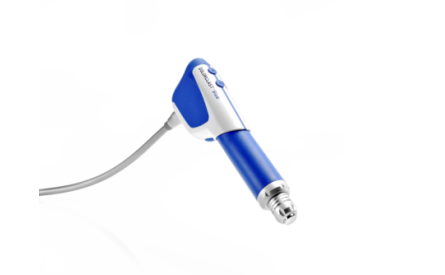
Überlegene Leistung des EMS DolorClast Radial Shock Waves
Die radiale extrakorporale Stoßwellentherapie (rESWT) ist eine sichere und wirksame Behandlungsmethode für eine Vielzahl von Erkrankungen des Bewegungsapparats. Ihre Wirksamkeit hängt von der Energieabgabe bei evidenzbasierten, klinisch relevanten Geräteeinstellungen ab.1 Daher begannen Forscher im Jahr 2015 zu untersuchen, wie sich verschiedene rESWT-Geräte hinsichtlich ihrer Energieabgabe unterscheiden.2
Diese Unterschiede wurden in einer aktuellen Vergleichsstudie von Nina Reinhardt und Kollegen am Helmholtz-Institut für Biomedizinische Technik der RWTH Aachen (Aachen, Deutschland) weiter untersucht.3 Die Autoren dieser Studie verglichen das neueste EMS DolorClast® Radial Shock Waves Gerät und das Storz MASTERPULS® 200 ultra Gerät. Sie fanden erhebliche Unterschiede bei der Gesamtenergie, die an einen Patienten abgegeben werden kann.3
Radiale Stoßwellengeräte unterscheiden sich erheblich in ihrer Energieabgabe.
Warum ist das für praktizierende Therapeuten wichtig? Weil die neueste wissenschaftliche und klinische Forschung bestätigt hat, wie wichtig eine höhere Energieabgabe für bessere Behandlungsergebnisse ist. Doch nicht alle Geräte sind in der Lage, eine hohe Energie zu liefern. Lesen Sie mehr über die erstaunlichen Erkenntnisse dieser neusten Studie.


